A few months ago, I was fortunate to run into Pierre-Louis Follet, the General Manager for Jean Rousseau U.S., the American arm of the French-based, 1954-founded leather strap manufacturer of the same name. We spoke a few minutes on the luxury brand and its happenings, and after a while he told me that Jean Rousseau is the only leather strap maker in Manhattan, and likely by the surprise he saw on my face at hearing this news, he soon after invited me to visit the company’s workshop and see first-hand its unique operation.
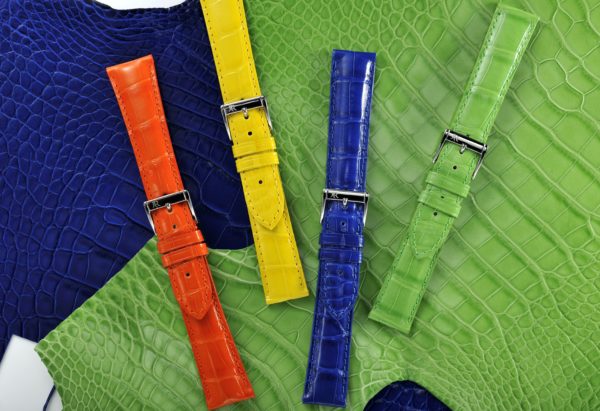
For those unfamiliar, Jean Rousseau is a watch-savant favorite, producing elegant alligator, lizard, and calfskin straps, among many other materials that are some of the most comfortable and durable on the market today. Jean Rousseau made big waves at last fall’s WatchTime New York event, where the brand treated attendees to special anniversary wristbands, and also a few of its artisans on-site to show guests some of the steps taken in producing a strap.
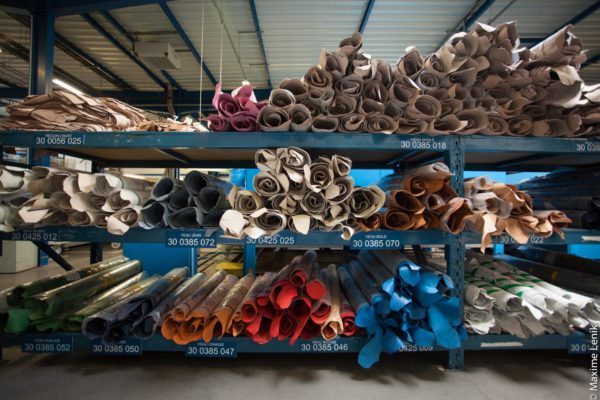
A few weeks after my conversation with Follet, I made my way to Jean Rousseau’s cozy Madison Avenue workshop. The team there, like the workshop and the boutique, is small but effective, with six craftspeople and 10 total employees. Throughout the space are various machines and tools, each with a well-worn quality showing an active workplace — even during the time I visited, when most of the craftspeople had already gone home. Also on full display were countless slabs of leather, in more colors and textures than I thought existed, and guiding me through each was an excited Mr. Follet.
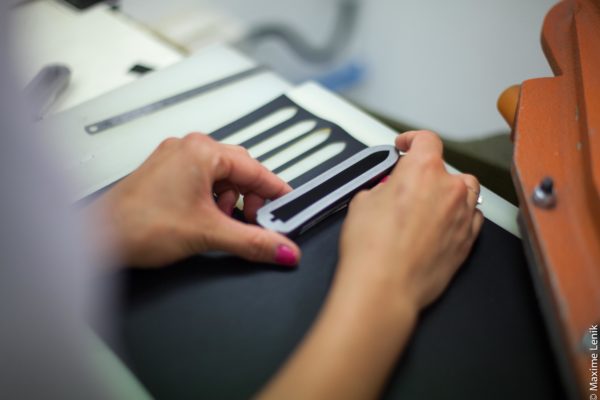
“We are always going towards the more crazy, the more customizable,” he said, flipping through some Jean Rousseau’s latest creations, including a luminescent strap line available in alligator, reptile, fish leathers that glow in the dark via a phosphorus-based material, and a few of the brand’s “vegan” options produced in rubber, cork, wood, pineapple leaf, carbon fiber, and satin materials. Together, all of these materials and colors add up to an overarching ethos by the brand, which is, as Follet phrased it, to “constantly push the boundaries of creativity, structure, colors and materials,” of the straps it offers. In the coming month, Jean Rousseau will be releasing a new salmon-skin leather strap, an uncommon material in the market, and the first dedicated use of the material by the company.
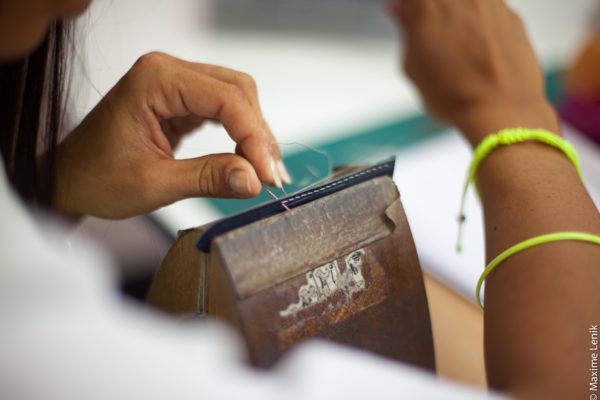
Since its initial founding, Jean Rousseau has focused much of its work on B2B sales, catering to countless luxury haute horologerie and high-end boutiques globally. It wasn’t until the early 2000s, which brought higher demand for its private label products and greater opportunities in the market, that the strap maker began expanding its consumer sales, eventually gaining renown in the consumer market for its craftsmanship. I first heard of the manufacturer while I was leading communications at the vintage-watch boutique Theo & Harris, where director Christian Zeron worked to establish the luxury strap maker as one of the company’s first partnerships. The reasoning then, as it is now for many other brands and consumers, is that few other luxury strap makers can match Jean Rousseau’s agile level of customization and consistently high production quality.
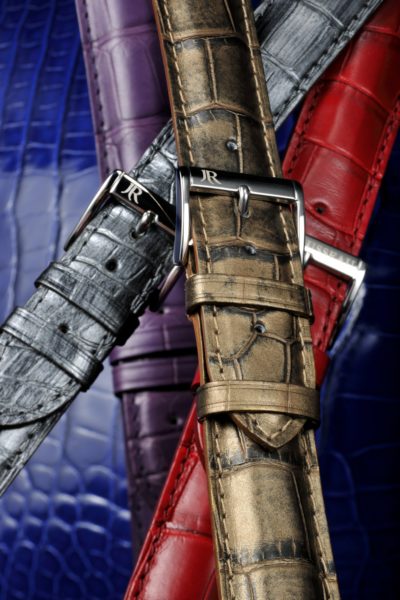
The company has been organizing meet-ups at its Madison Ave. boutique in Manhattan, most recently with RGM Watch Co. — a luxury watchmaker based in Pennsylvania — and before that with Theo & Harris as part of their ongoing partnership. The gatherings are informal affairs with small bites and wine, but with plenty of watches and conversation. The intimate events ultimately represent an expansion of Jean Rousseau’s client-first attitude, serving as a way to directly connect with longtime and prospective customers, and in the process further introducing watch aficionados to another aspect of their hobby beyond the watches themselves.
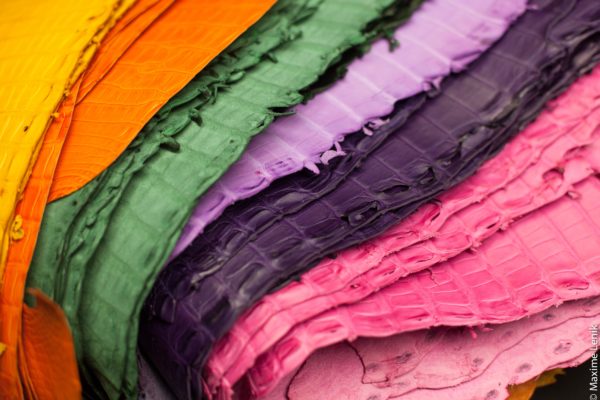
While sharing a coffee with me one morning, Technical Director and Production Manager Claire Humen, who leads the NYC workshop team, described the care and effort that each strap required, from specifying where on the hide each strap is cut from, to the meticulous construction and finishing each piece requires. She walked me through the production of the brand’s flagship material — alligator skins — in which Louisiana alligator hides are shipped to a specialized Italian tannery where they become what are called “crusts,” and then shipped to Jean Rousseau’s in-house French tannery and main manufacture to be further treated, dyed, and cut before being brought back to the New York atelier, where the formal strap production begins.
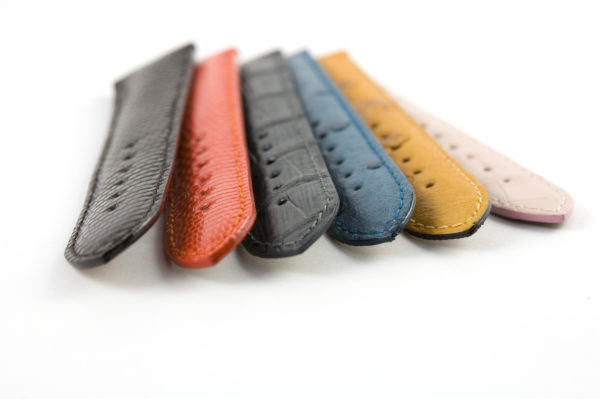
As Humen further elaborated, she described how each strap is worked on from start to finish by a single expert craftsperson — many of whom got their start at New York’s Fashion Institute of Technology (FIT) or another design school — with the team coming together often enough to collaborate on custom orders that require additional eyes. As I sipped my espresso, she said in a passing statement that “a strap is a sandwich, built with many different layers,” and while we grinned at the analogy, it was clear her well-built team has been consistently working to perfect their art, one layer at time.

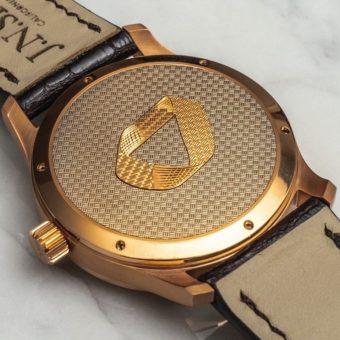
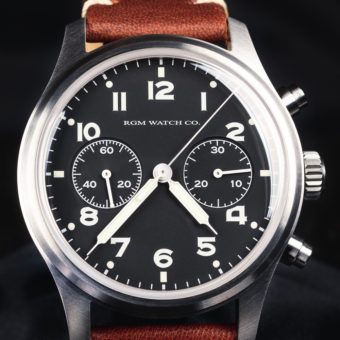
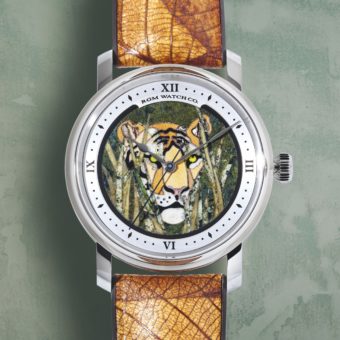
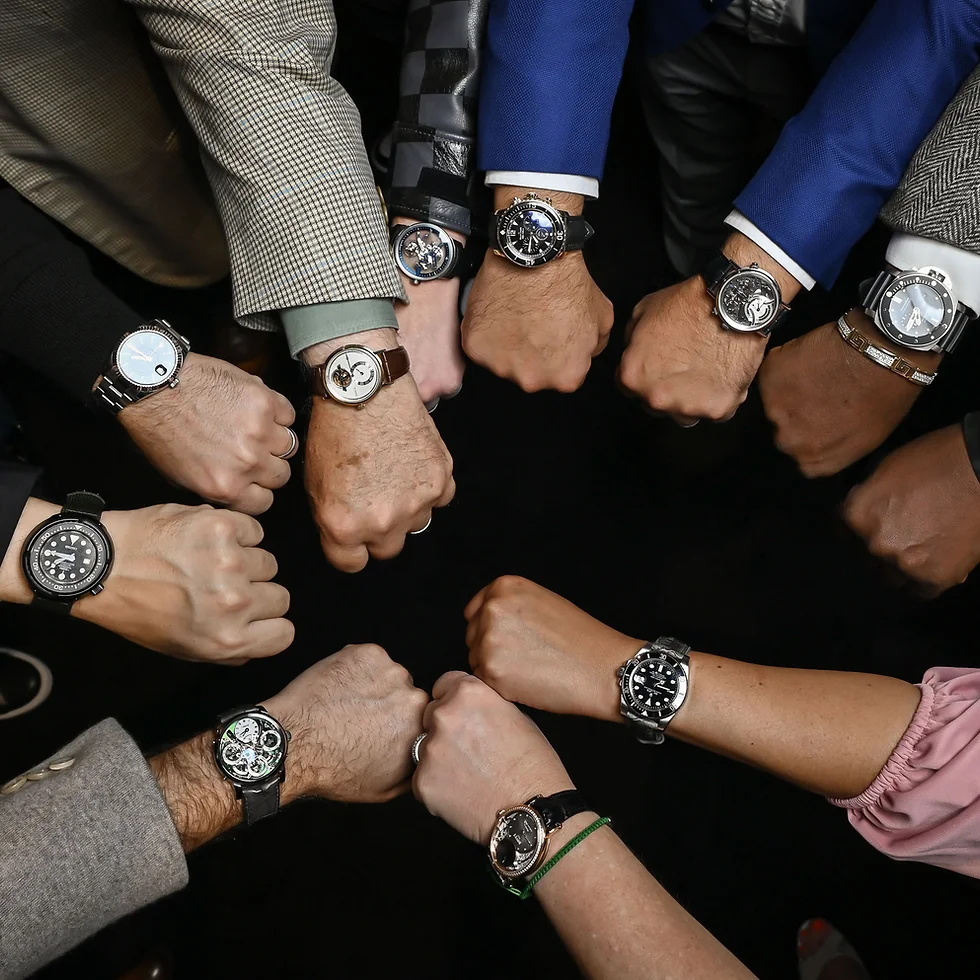
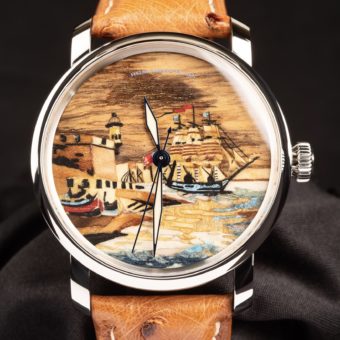
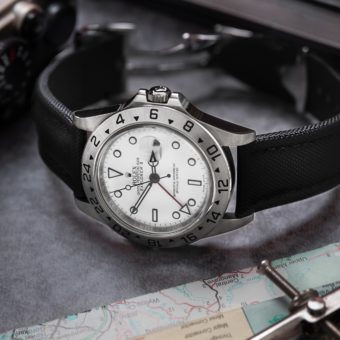
great article
Love the story! FP Journe also has collaborated with them making all their custom straps.